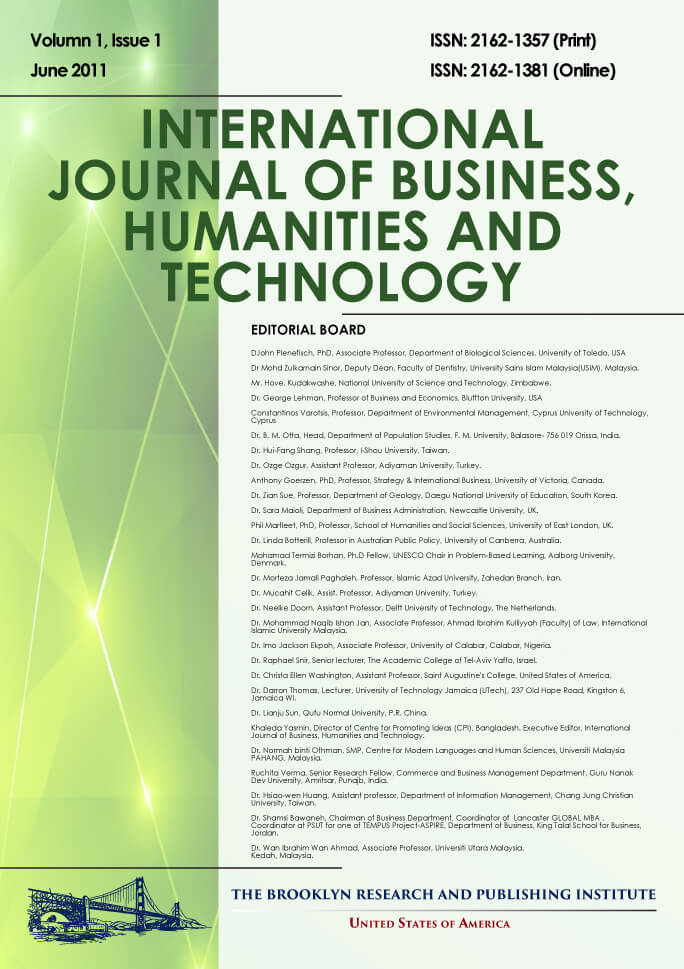Fast Business Decisions with Parallel Computation
Dr. John Jenq, Dr. Hubert Johnson
Abstract
In recent years, make quick decision in business become more and more important. Companies adopt fast parallel
machines to achieve the goal of making quick decisions to compete with their competitors. Devices such as field
programmable gate arrays (FPGA), graphics processing unit (GPU) were used in the area such as high
frequency trading. The embedded GPU on computers and the decline of personal computer prices make parallel
processing affordable with the price of even personal computers. In this paper, we will investigate the
computational aspects of currency swapping and moving averages. For currency swapping, there are arbitrage
opportunities when there exist price difference among different currencies in the international exchange market.
The major process of the arbitrage strategy is to convert one currency to another, then convert it again to a third
currency, etc. and, then eventually convert it back to the original currency within a short time span. The simplest
form of this process is the triangular arbitrage which involves only three currencies. It is possible to process more
than three currencies in order to apply the arbitrage process. Although it may seem as if arbitrage is a risk-free
process, in reality there are risks involved. One of the risk factor is time. I.e., how fast one can process and how
much capital one has in order to take advantage of these price discrepancies. It is worth noting that the arbitrage
opportunities only exist when a bank’s quoted exchange rate is not equal to the markets implicit cross exchange
rate; all these happen in the range of seconds. The high frequency market fluctuation makes this process a
challenge and call for the utilization of high-performance computation. In this paper, we investigate the arbitrage
problem utilizing GPU to identify the opportunities and speed up the process. For Moving average, we will focus
on the parallel computation of simple moving average and exponential moving average operations, two of the
most popular financial indicators. For currency swapping we will discuss the factors which involve in the
arbitrage process. In this paper, we also investigate the usage of GPU to run artificial neural network as a mean
to predict stock market pricing. Feed forward and back propagation artificial neural network was used for this
study. Financial data including major stock indices, volumes, pricing, and moving average of stocks were used as
input. The future stock prices can be predicated as the output. The speedup factor by adopting GPU and CPU
together over traditional CPU alone implementation was not significant. The computation of compute moving
averages and currency swapping on GPU also discussed.
Full Text: PDF


